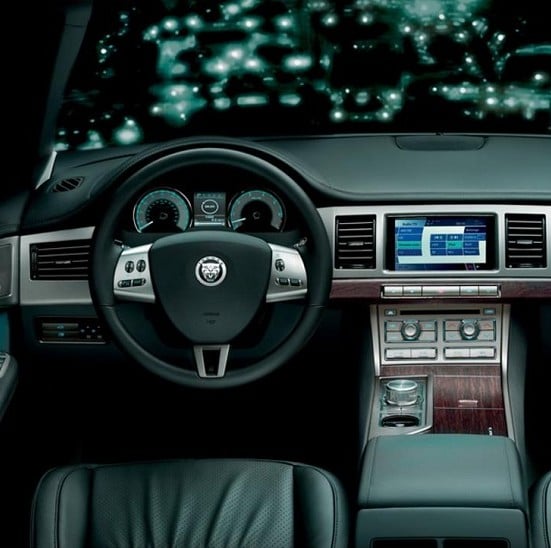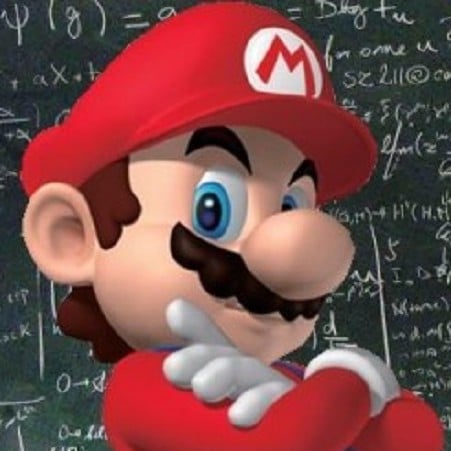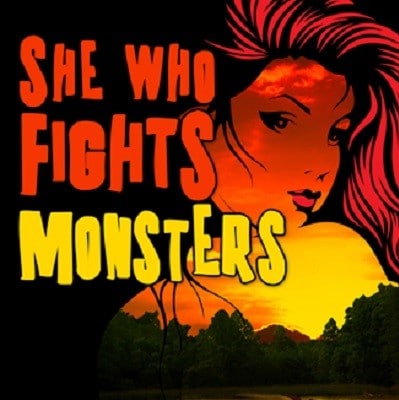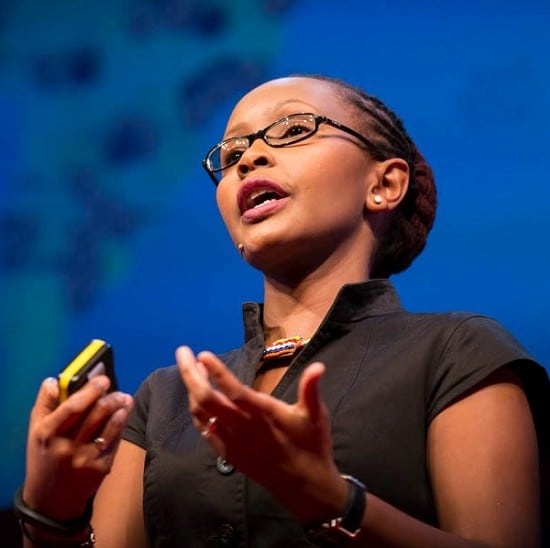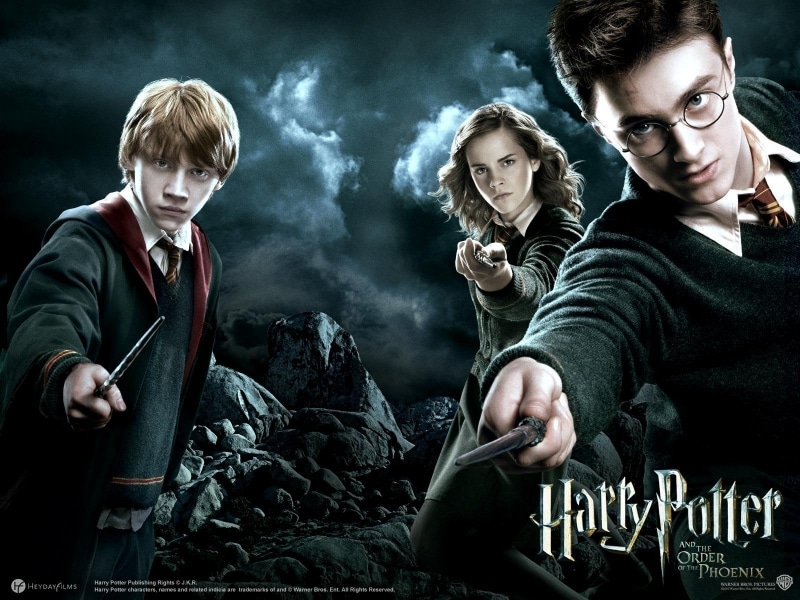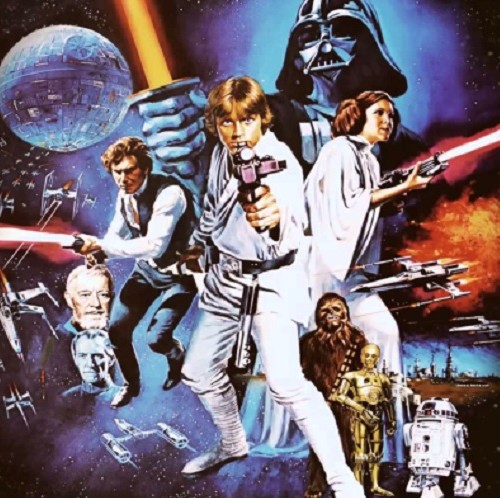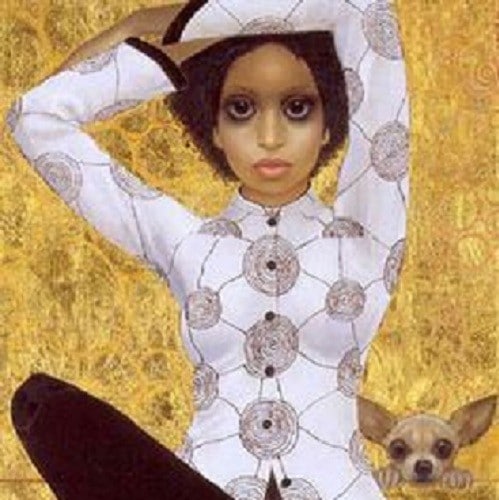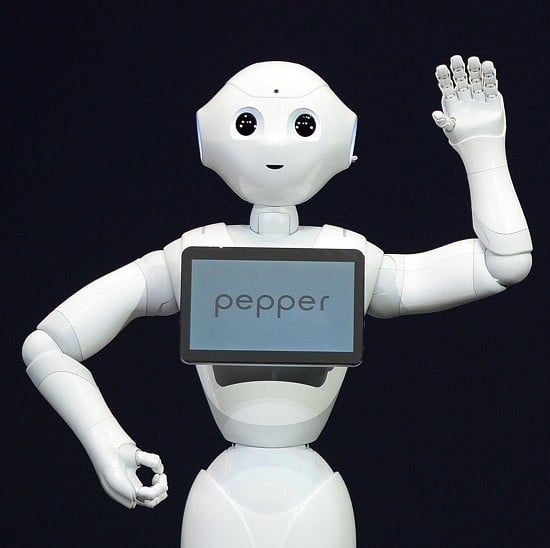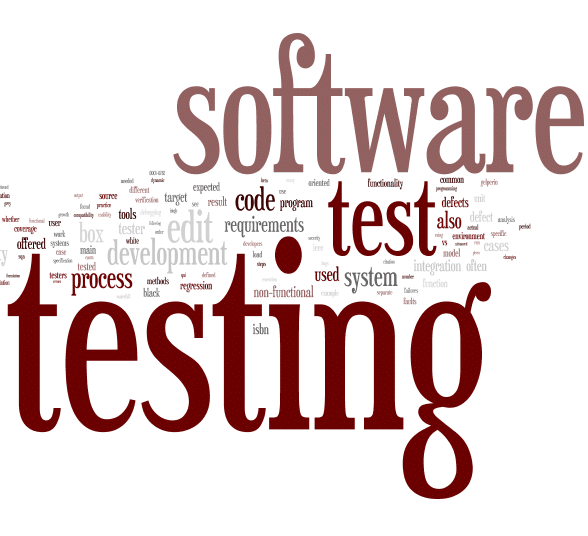I find that people are familiar with the more commonly used terms such as functionality testing, non-functional testing, usability testing, unit testing and regression testing. However, here are three terms that can stump you during an interview if you’ve never heard them used.
This list is presented by Aqueelah Grant at Blacksintechnology
Smoke Testing
Smoke testing is also referred to as a build verification testing, confidence testing and sanity testing. This test is solely for testing the major functional components of the software to ensure that a build is stable. Smoke testing should NOT be confused with regression testing as regression testing is an extensive test of major and non-major components. When the term regression is used that means full coverage testing has occurred. Full coverage consists of functional, cosmetic, new requirements, existing requirements testing and more. When it comes down to smoke test vs. regression test, be sure to use the correct terminology in regards to testing coverage.
Black Box Testing
Black box testing is a type of functional testing that mainly tests client requirements and specifications. Test cases for black box testing usually consist of valid vs. invalid input of something. This is an analysis of the software and does not often focus on the internal system structures. Black box testing is most often referenced in manual testing. So if you are a manual tester and an interviewer says, “Are you a white box tester or a black box tester”? let the interviewer know you are more of a black box tester.
White Box Testing
White box testing is the opposite of black box testing as it mainly tests the internal system structure. This type of testing is not necessarily designed to test client requirements and specifications, however, it does check for code weaknesses. Test cases for white box testing usually consist of viewing the system’s source code. White box testing is most often referenced in automation testing, so if you are an automated tester and an interviewer says, “Are you a black box tester or a white box tester?” let the interviewer know you are more of a white box tester.
In Summary:
Smoke testing can be done in a black box or white box structure. If you perform manual and automation testing, you can consider yourself a black box and a white box tester. You will often hear people say that even though an automation test is done, a manual test may still be needed. That’s because of the differences between what is considered white box vs. black box testing.
When it comes to overall software testing terminology, most of these terms are interchangeable. Depending on the way your organization is structured, you may use one term and not the other. However, as a testing professional, you should be able to speak to all industry testing terms. I’d personally never count someone out for not knowing these terms as long as they can explain to me what they do in full detail simply because it was not until later in my career that I began hearing a few of them myself.
Please note that this article does not cover every “test” term used in the industry. One thing I recommend is that if you’re going on an interview, learn about the company’s testing structure. This will help you know which key terms and buzz words to use during the interview.
Source: Aqueelah Grant at blacksintechnology.com

